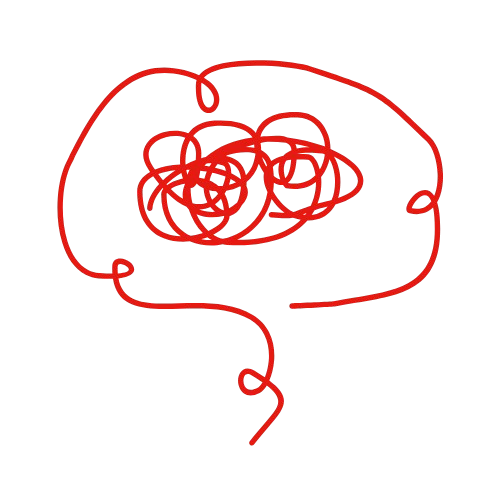- Published on
The Science of Spontaneous Joy: Unraveling the Mystery of Happiness
- Authors

- Name
- Mindmire
- @Md_Khokon_Mia
The Science of Spontaneous Joy: Unraveling the Mystery of Happiness
I've been noticing how certain moments of joy seem to spring up unexpectedly, like finding a wildflower in an urban jungle. These instances of spontaneous joy, often overlooked in the hustle of life, are powerful yet fleeting. But why do they happen, and can we harness them to enhance our overall happiness?
The Anatomy of Spontaneous Joy
Spontaneous joy often strikes when we least expect it—a sudden smile from a stranger, the aroma of fresh coffee wafting through the air, or an unexpected compliment. According to a study from the University of California, Berkeley, these small, seemingly trivial moments can significantly impact our happiness levels. The researchers found that these instances are typically tied to a sense of surprise and a break from routine, suggesting our brains are wired to appreciate novelty, even in its simplest forms.
The Role of Novelty and Surprise
The data shows that our brains thrive on novelty. Neuroimaging studies reveal that new experiences activate the brain's reward system, releasing dopamine, a neurotransmitter associated with pleasure and motivation. This is why a surprise phone call from an old friend or an unplanned adventure can bring such joy. However, the challenge lies in balancing novelty with routine, as too much unpredictability can lead to stress rather than happiness.
The Interplay Between Mindfulness and Joy
Mindfulness, the practice of being present in the moment, has been shown to enhance our capacity for joy by making us more aware of these fleeting experiences. A 2022 study in the Journal of Positive Psychology found that individuals who practiced mindfulness reported higher levels of spontaneous joy. By paying attention to the present, we tune into the subtle details of life that often pass unnoticed—the smile of a child, the rustling leaves, the warmth of the sun.
Counterarguments: The Role of Routine
While novelty and surprise play crucial roles in spontaneous joy, there's an argument for the happiness found in routine. Some psychologists argue that routines can provide a stable foundation that allows us to appreciate spontaneous joy more deeply. A predictable environment may reduce stress, creating mental space for joy to emerge when unexpected moments occur. This perspective suggests that routines and spontaneous joy are not mutually exclusive but can complement each other.
Harnessing Spontaneous Joy: Practical Strategies
So, how can we cultivate more spontaneous joy in our lives? Here are a few strategies:
Embrace the Unexpected: Allow room for spontaneity in your daily schedule. Small changes, like taking a different route home or trying a new hobby, can inject novelty into your day.
Practice Mindfulness: Engage in mindfulness exercises to enhance your awareness of the present moment, making it easier to notice and savor spontaneous joy.
Balance Routine and Novelty: Establish routines that provide stability, but leave space for unplanned activities that can lead to moments of joy.
Stay Open to Possibilities: Approach life with a sense of curiosity and openness, which can make you more receptive to joyous moments.
Conclusion: The Broader Implications
Understanding spontaneous joy provides us with a powerful tool for enhancing our happiness. By recognizing and appreciating these moments, we can enrich our daily lives and cultivate a deeper sense of contentment. As you move through your day, consider what small surprises await you, and how they might contribute to a life filled with more joy and fulfillment.
What moments of spontaneous joy have you experienced recently, and how did they affect your day? Perhaps the key to a happier life lies not in grand gestures but in these small, unexpected moments that remind us of life's beauty.